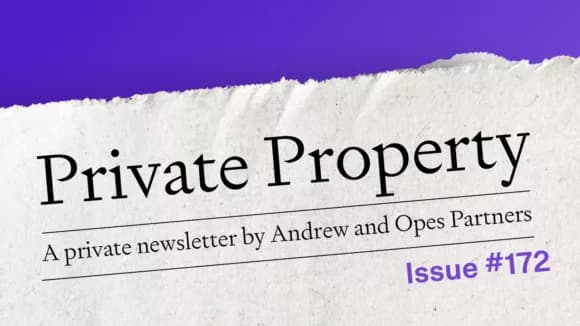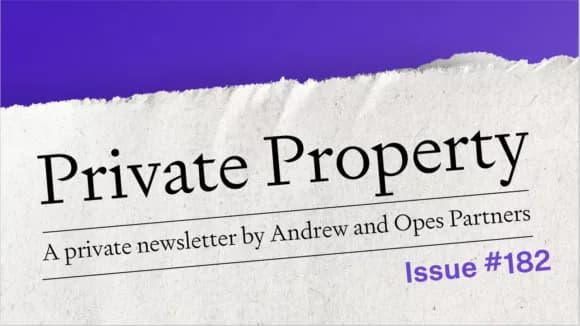That might sound small, but that’s a jolt.
They’re now the lowest they’ve been since April 2022, over 3 years ago.
How low could mortgage rates go?
At the end of last month, ANZ forecast that the 1-year mortgage rate would fall to 4.7% by March next year.
But with that jolt, it’s likely that the 1-year mortgage rate could easily get to 4.5%.
Why is the Reserve Bank cutting rates when inflation is rising?
Typically, our central bank raises interest rates when inflation is high and cut them when inflation is low.
This time, the Reserve Bank is doing the opposite. They think inflation will go up to 3% by the end of the year (before coming back down).
So why are they still planning to cut interest rates?
It all comes down to the make-up of inflation. They expect home-grown inflation (the stuff they can actually influence, like wages and rents) to be lower.
The higher inflation is coming from overseas.
But the bank isn’t too worried about that (and nor should you). Because they still think inflation will be within their 1-3% target band.
Here’s the real reason the Reserve Bank is cutting rates
The economy is weak. We see that in four areas:
1) Unemployment is sitting at 5.2%. It’s forecast to go up to 5.3%. That’s a bit higher than what the Reserve Bank thought it’d get to 3 months ago.
2) The size of our economy is slightly smaller than the Reserve Bank thought it would be.
3) The Trump effect. We initially thought we’d get hit with a 10% tariff.
In reality, we got hit with 15% tariffs.
That makes it more expensive for US consumers to buy our products. That either means that:
- Kiwi exporters accept a slightly lower price for our goods (often the costs of tariffs are shared between buyers and sellers). Or,
- US consumers buy less of our stuff.
Either way, it means that NZ Inc makes slightly less money. That leads to a weaker economy.
4) Uncertainty. Businesses need to feel confident to make investments. If the world seems up in the air, a business owner doesn’t go out and spend $1 million on new equipment.
And that means less spending and a smaller economy.
So what’s a Central Bank Governor to do?
They cut rates to try get spending up.
What about house prices?
The Reserve Bank thinks that house prices will stay flat until the end of this year.
But they think they’ll start rising in the first 3 months of 2026. And they reckon house prices will go up 3.9% by the end of the year.








